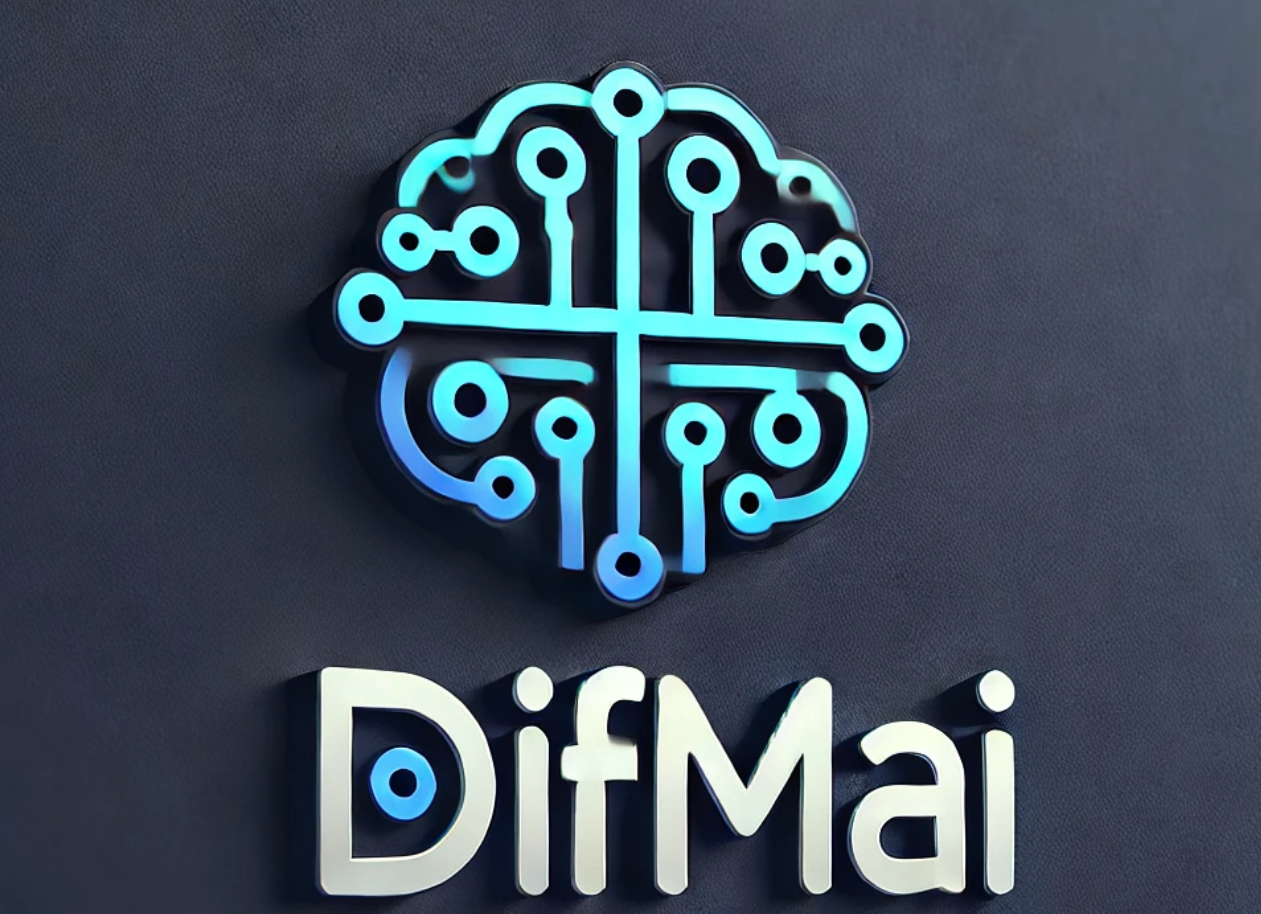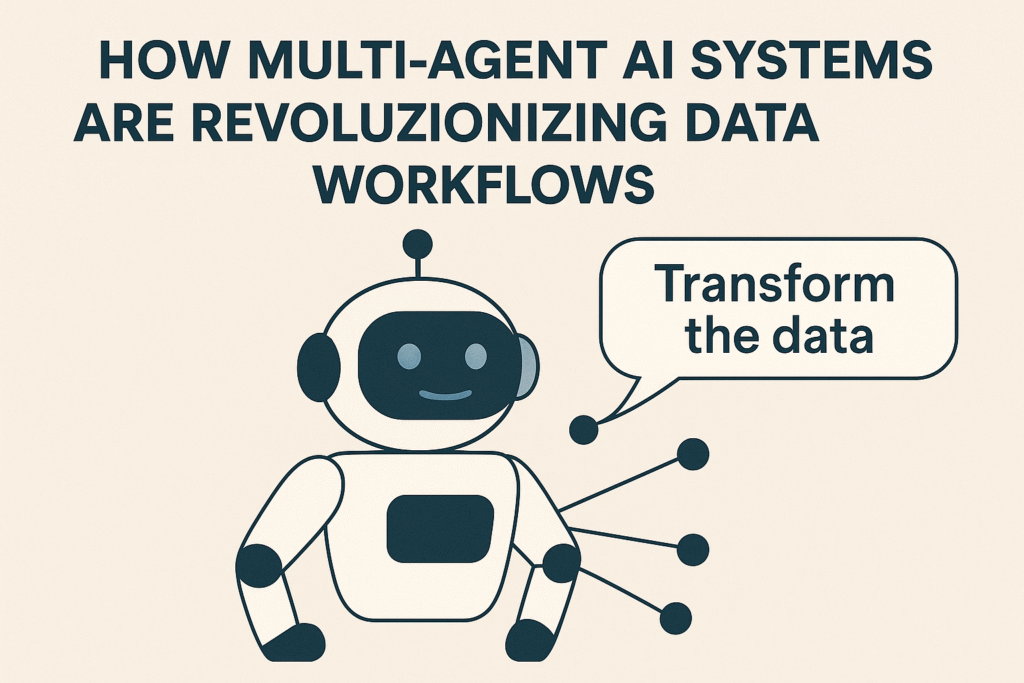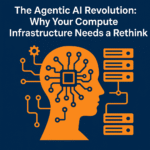TL;DR: Multi-agent systems (MAS) are transforming how businesses handle data—automating workflows, simplifying governance, and replacing clunky pipeline tools with intelligent agents that understand plain English. It’s not just futuristic—it’s here now.
Why Traditional Data Workflows Are Breaking
Enterprises today are drowning in data, but not necessarily thriving because of it. Data is fragmented across silos, riddled with inconsistencies, and often locked behind technical bottlenecks. Manual cleaning, transformation, and validation are time-consuming and error-prone. It’s no wonder AI projects stall before they even start.
How Multi-Agent Systems Flip the Script
1. Natural Language Automation
With large language models (LLMs) powering agents, teams can now say things like, “Pull last month’s sales data, clean missing values, and calculate growth trends,” and watch it happen—no code needed. These agents understand intent and carry out multi-step data operations automatically.
2. Governance That’s Built-In, Not Bolted-On
Each agent applies quality rules, access policies, and compliance checks directly into the workflow. No more relying on separate governance platforms or hoping someone remembered to validate the schema. Governance is baked into the process—autonomously and consistently.
3. Distributed Roles, Zero Bottlenecks
Instead of dumping everything on data engineers, MAS allows business users, analysts, and scientists to interact with agents specialized in their needs: ingestion, enrichment, modeling, and more. It’s collaborative, not hierarchical.
The Architecture Behind the Magic
Think of MAS like a relay team. Each agent handles a specific task—such as extracting data, validating it, enriching it, and loading it. A planner agent oversees the entire operation, coordinating steps, handling exceptions, and ensuring that tasks happen in the correct sequence.
- Extractor Agent: Pulls raw data from sources.
- Transformer Agent: Applies cleaning and restructuring logic.
- Validator Agent: Ensures data meets schema and quality standards.
- Planner Agent: Orchestrates the entire workflow with state awareness.
What’s powerful is the shared memory and feedback loop between agents. They evolve over time, adapting to preferences, data types, and exceptions through reinforcement learning or prompt fine-tuning.
Real-World Impact: From Theory to Practice
- Enterprise Pipelines: Companies are using MAS to ingest, clean, validate, and load data into BI tools or ML pipelines—cutting delivery times by 70%.
- Geosciences & Academia: Systems like “PANGAEA GPT” handle messy, non-uniform metadata across environmental datasets—automating what used to take weeks.
- Autonomous Operations: In logistics and robotics, agent teams manage scheduling, resource allocation, and anomaly detection—all without human intervention.
Where It’s Headed Next
Standardized Agent Protocols
Tech giants like Google and Salesforce are pushing for agent-to-agent (A2A) communication standards that will allow MAS to integrate across clouds and platforms without custom glue code.
Human-in-the-Loop for Trust
As agents grow more autonomous, human oversight remains essential. Expect dashboards for traceability, override controls, and regulatory compliance built into agent systems.
Transparent Collaboration
The MAS of the future won’t just follow rules—they’ll negotiate, adjust, and explain their reasoning in real time. The goal is to make AI not just powerful, but collaborative and trustworthy.
The Bottom Line
Multi-agent systems are redefining how we approach data workflows. They reduce friction, boost agility, and bring data operations into a new era—where the machines don’t just assist, they intelligently coordinate and execute. If your data stack still depends on spreadsheets and ETL scripts, it’s time to meet your new team of digital coworkers.



